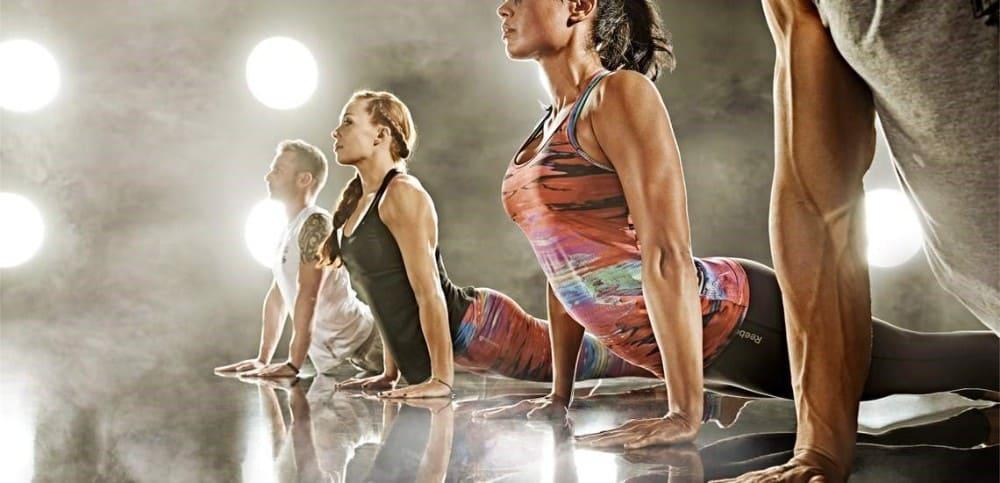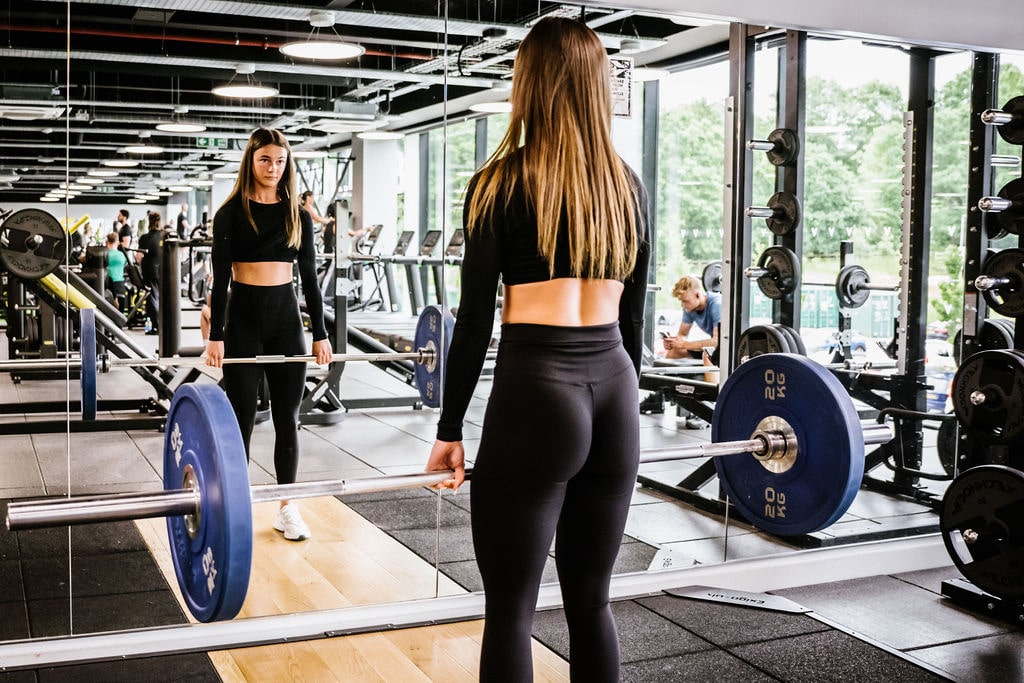How To Recover From Overtraining
Overtraining occurs when you continue to train when your muscles feel a soreness more than usual because you are not giving your muscles the rest they require to strengthen effectively.
Ways in which you can recover from overtraining include rest and active recovery, sufficient sleep, hydration, nutrition, foam rolling or massage, and listening to the signals your body is giving you. It’s important to prevent overtraining and create a well-balanced workout routine that includes rest days.
Can Overtraining Cause Low Testosterone?
Overtraining can have the potential to lower testosterone levels. It can cause a drop in testosterone levels which is an indication of harm to your body because it’s a vital hormone that plays a part in muscle development and energy levels.
Ways in which overtraining can lead to lower testosterone include:
-
Insufficient recovery time between workouts
-
Disrupted sleep - testosterone is highest in the mornings as it is produced during sleep, meaning disrupted sleep can affect the levels of testosterone.
-
Hormone imbalance
-
Nutritional deficiencies - if you are not consuming enough essential nutrients due to overtraining, the production of hormones like testosterone will be lower.
ACL Recovery Exercises
When recovering from an ACL injury, it’s important to perform exercises that will help rebuild the strength, flexibility and stability within the knee, which will help reduce the chance of reinjury. Some ACL recovery exercises include:
Step-ups
-
Stand in front of a bench or step with your feet hip-width.
-
Place the foot of your injured leg on the step and drive up through your heel to bring your full body up, followed by your non-injured leg.
-
Step back down with the injured leg with the other leg following.
Quadricep contractions
-
Begin by sitting on the floor with your injured leg out straight and your non-injured leg bent at the knee.
-
Tighten the muscle at the front of your thigh and hold for a few seconds then rest and repeat.
Heel slides
-
Lie down on a flat surface with both legs straight out in front of you.
-
Begin by slowly bending your injured knee, and bringing your heel towards your buttocks, whilst keeping your heel on the ground.
-
Slowly lower your leg back down to the starting position and repeat.
Hamstring Recovery Exercises
A gradual and progressive recovery is crucial to minimise further injury. It’s important to perform exercises that will improve the strength, stability and flexibility of the hamstring and surrounding muscles. Some hamstring recovery exercises include:
Lying hamstring curl
-
Start by lying on the ground on your stomach with your legs straight.
-
Bend the knee of the injured leg, bringing your heel to your buttocks.
-
Hold the position for a few seconds then carefully lower your leg back down to the starting position.
Hamstring bridge
-
Begin by lying on your back with your knees bent and your heels on the floor just past 90 degrees to your knees.
-
Start to lift your hips off the floor until there is a straight line from your knees to your head.
-
Hold this position for a few seconds then lower your hips back down to the starting position and repeat.
Dynamic hamstring stretch
-
Start by standing with your feet shoulder-width apart.
-
Begin to hinge your hips backwards with a slight bend in the knees.
-
Reach towards the floor with your hands as far as you can comfortably go.
-
Raise back up to the starting position and repeat the exercise.
Muscle Recovery Time By Age
The recovery time for muscles will differ from person to person based on numerous factors including age, genetics, fitness levels, the exercise performed and its intensity. Ageing can play a significant role in muscle recovery time.
Whilst still in youth, recovery time is generally a lot faster due to growth hormones. Adulthood still has a quick muscle recovery time but can slow down compared to your teenage years. The middle age years are usually a bit slower in muscle recovery, increasing the risk of injury.
Finally, older adults tend to have the slowest recovery time due to reduced muscle strength and joint health. It’s important to maintain physical activity throughout life to reduce the risk of injuries and maintain overall health and well-being.
Aerobic System Recovery Time
Aerobic system recovery time will vary depending on factors including fitness levels, age and intensity of exercise.
Short-term recovery - this can be just minutes to hours, usually associated with light to moderate exercise. This can include walking or cycling which takes around 30 minutes to a few hours to recover from.
24-hour recovery - this involves moderate-intensity exercise that will take longer to recover from.
48-hour recovery - if performing high-intensity workouts or training, it will take around 48-72 hours to recover. It’s important that you listen to your body and give it the rest and recovery it needs to build strength.
MCL Recovery Exercises
It’s crucial to follow an effective MCL recovery plan that includes recovery exercises that will gradually build back strength and stability. Some general MCL recovery exercises include:
Isometric quadricep contractions
-
Start by sitting or lying on the floor with your injured leg out straight.
-
Begin to contract the muscle at the front of your thigh by pushing the back of your knee into the ground.
-
Hold this position for a few seconds then rest and repeat the exercise.
Straight leg raises
-
Begin by lying on the floor on your back with your injured leg out straight and the other leg bent.
-
Start to lift your injured leg off the ground whilst keeping the leg straight.
-
Hold this position for a few seconds if possible then lower your leg down to the starting position and repeat the exercise.
Mini squats
-
Stand with your feet shoulder-width apart.
-
Start by bending your knees, and lowering your buttocks towards the floor, like you’re going to sit in a chair.
-
Ensure to keep your knees behind your toes.
-
Hold this position for a few seconds then lift your body back up to the starting position and repeat the exercise.
It’s important to consult with a medical professional regarding any exercise concerns. If you have any doubts, make sure to seek advice before moving forward with your exercise.
Recover with Village Gym
Village Gym can assist you in your recovery from overtraining with our range of state-of-the-art equipment and amenities.
We have a range of wellness amenities including sauna, pool and steam rooms that will help you with your recovery and feel well taken care of. If you’re looking for different forms of exercise, we have a range of different classes available that will help target different muscle groups that will help you improve your overall strength and well-being.
Train and recover with the experts at Village Gym and with our Village Advance Plan to get the most out of your membership with us - find a local Village Gym near you!
FAQs About Overtraining
How can I tell if I’m overtraining?
-
If you are experiencing persistent muscle soreness that is unusual compared to normal.
-
If you are struggling or unable to perform exercises that you were previously able to manage.
-
Heavy feeling muscles during light or minimal intensity exercises.
Does overtraining affect sleep?
Yes, if you are overtraining you are resulting in an overstimulation of the body which makes it challenging to fall asleep at night. Prolonged sleeping issues as a result of overtraining can lead to insomnia.
How long should I rest after overtraining?
The rest period required after overtraining will vary from person to person based on factors including age, fitness levels and overall health. It’s important to listen to your body and focus on returning with gentle exercises. Short-term rest of a few days to a week should be implemented in less severe cases.





